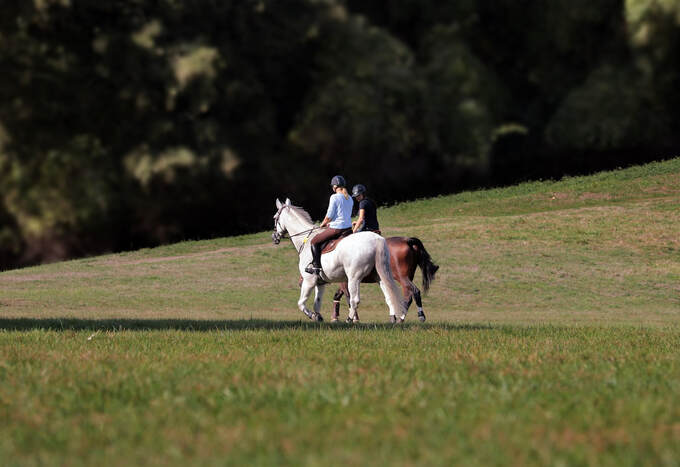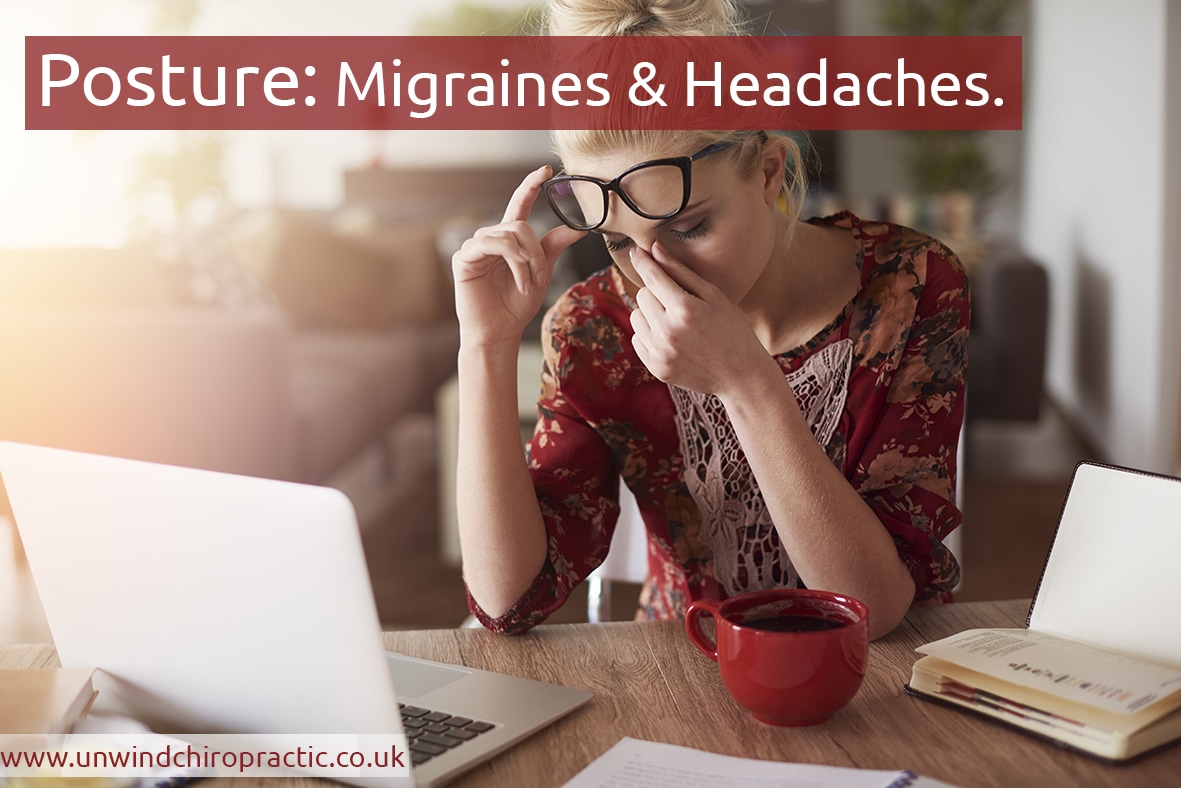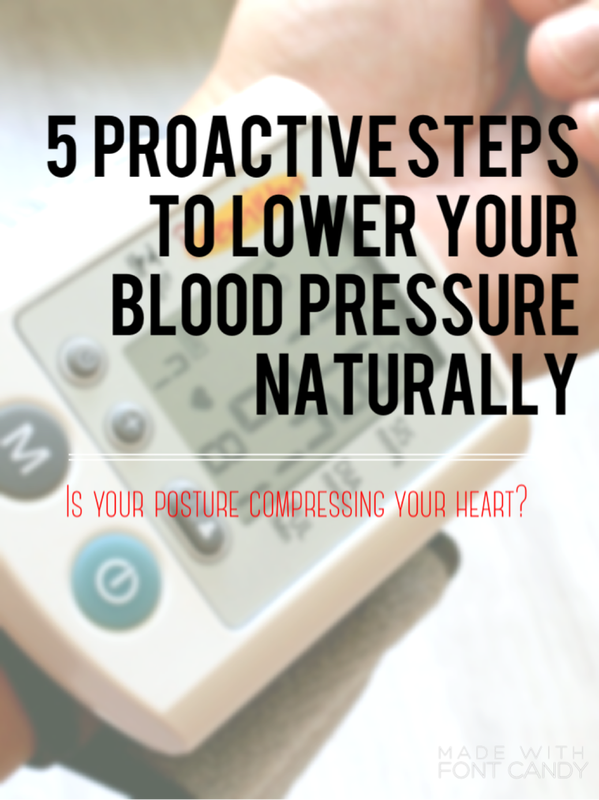In this blog I'll discuss the body positions and common habits that are very likely to increase tension in back and neck muscles and how to improve them with furniture and simple exercises.
This is important from a chiropractic view point because whatever twists you had in your spine and whole skeleton before you got pregnant will now be changing as a result of the effects of this hormone circulating in your body during this time and for approximately 5 months after childbirth.
You may know someone who's back pain disappeared when they got pregnant and hasn't returned or equally someone who never had a bother with their back/neck/shoulders etc until they had children. Aside from the physical stresses of pregnancy, child birth and bringing up children, a woman's body isn't the same as it once was and this absolutely includes the alignment of the spine.
If your shoulder and back muscles are having to work hard to keep you upright in the saddle, something is wrong.
This often leads to intense aching in the mid-back, shoulders and low back. Extensive research has been done to classify and treat all types of headache and migraine. Current understanding and consensus is that migraine is a neurological disorder influenced by genetics and the environment. The underlying causes of which include chronic inflammation, emotional stressing, changes in brain chemical levels (neurotransmitters) and posture. Migraines in particular can build gradually over several hours, for many people they include varied physical symptoms of the nervous system; numbness and weakness in the face and body, head pain and aura (seeing colours and shapes). Nausea, vomiting, dizziness, lightheadedness, blurred vision and sensitivity to light are all brainstem symptoms. The brainstem forms the connection between the brain and spinal cord, it controls many of our vital functions and when under stress (physical and chemical) can produce the symptoms above. Functional brain imaging is one of the incredible investigative techniques been used to visualise a 'roadmap' of a migraine attack as it happens. This 'roadmap' points to the brainstem, meninges (coverings of the brain and spinal cord) and the cranial nerve that supplies sensation and movement of facial muscles; known as the trigeminal durovascular nerve pathway (trigeminal = a cranial nerve responsible for sensation and muscles in the face, duro = a layer of the meninges/coverings of the brain and spinal cord, durovascular = blood vessels of the meninges). This is really exciting to us ABC practitioners because our ground work for fixing people's bodies is releasing tension on the meninges and thus the brainstem. I've had many clients in practice report immediate headache pain relief even before I have finished their treatment. If you haven't seen it yet watch Dr Jeff Aberle's film explaining how meningeal adhesions alter body function. poor posture causes headachesIdeal posture is where your head is in perfect balance over your neck, the center of your ear is directly over the center of your shoulder. This requires minimal effort from neck muscles. Forward head posture, also known as anterior head carriage - when someone's head is stuck forwards of their shoulders - requires constant neck muscle effort (like taut guy wires of a leaning tent) to keep the head upright. No wonder tension headaches are the most common type of headache disorder (according to the World Health Organisation). Tension headaches are those many people describe as their 'usual headaches' and say the frequency of them is 'no more than anyone else gets'. They become part of that person's life they happen so often! This absolutely doesn't have to be the case. The key is to start to make healthy changes in your lifestyle that will affect the 'roadmap' of head pain that the researchers found. The biggest things I have learned from clients with migraines and headaches, including myself, is the importance of posture, nutrition, water intake and emotional and hormonal stress. You have to put in the time and effort to break some habits and make new ones and the reward will potentially be drug free and you can get on with your life. I help people with the physical stress of headaches, for people who need nutritional advice and testing I recommend speaking to Jane Collison and for emotional stress, Ben Oakley. Click their names for a links to their websites. I'd love to hear what's worked for your migraines and headaches, please share your experience here or send me an email if you would like me to treat your head pain.
Sarah :o) Many of you reading this will have been diagnosed with high blood pressure, my Dad included. Like you he doesn't like taking medication and understands that being on it long term will be harmful to his body.
Knowing what you can do to start coming off them is essential so in this blog I will share with you...
POOR POSTURE COMPRESSES YOUR HEART The heart and lungs require a supple ribcage and adequate room for optimal function. The shape depends on the alignment of the spine which can alter over an lifetime. This is mainly due to injury, slumped sitting and habitual forward bending postures. A classic stooped posture often seen with advancing age hinders how well the lungs and heart can work, so it's no wonder that are organs develop problems as we age. There is no need for your body to follow this common trend if you start to make small changes with Chiropractic adjustments and lifestyle changes. The main thing apart from pain relief that people notice during a course of treatment is that they are more upright and open though the chest and that it's easier to breathe. Would you agree that the heart will also function better? PRE-DIABETES: A CAUSE OF HIGH BLOOD PRESSURE. Poor blood sugar regulation (pre-diabetes and diabetes) and high blood pressure are two problems that go hand in hand. Over the years I have spent working with people there have been several whom I've been really concerned about regarding type 2 diabetes. In a nutshell it is the condition of your body where your cells no longer responds well to insulin. Blood sugar and insulin levels increase, this is most commonly the result of a high grain and/or sugar diet, especially when coupled with inadequate exercise. 1 in 16 people (3.9 million of us!) in the UK have diabetes, 90% of which have type 2. Pre-diabetes first starts to show up as weight gain, especially around the abdomen, poor energy levels and chronic digestive issues, often a result of poor food choices. Later the classic thirst and frequent urination symptoms occur. How does this relate to high blood pressure? It is all to do with the effects of elevated insulin in the blood stream. Elevation of insulin means that your body cannot store adequate Magnesium (an essential mineral for relaxing muscles including those surrounding blood vessels) therefore blood vessels constrict which raises blood pressure and leads to fatigue/tiredness. Interestingly insulin’s other role is to retain Sodium, abnormally high levels therefore cause water retention, classically showing up as swollen, puffy feet and legs. Does this sound familiar? (For more information on these minerals and how they affect the body go to my pinterest page ) HOW HEART DRUGS WORK Heart drugs lower blood pressure so that the reading is within a normal range however blood pressure went up to meet the body’s requirements, now all of a sudden under the influence of the medication, the oxygen demands of the body are not being met. In the short term this leads to decreased circulation and fatigue and in the long term heart muscle degenerates, organs not receiving adequate oxygen degenerate. 5 PROACTIVE STEPS YOU CAN TAKE The 5 key points below each have small steps themselves. I support you by making this a manageable and gradual process starting by addressing your posture.
If you have managed to lower your blood pressure naturally I would love to hear from you. Please share what has worked for you. Good luck! Sarah DC |
AuthorSarah Bedford Recent PostsCategories
All
|






 RSS Feed
RSS Feed


